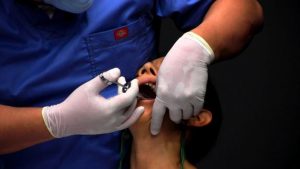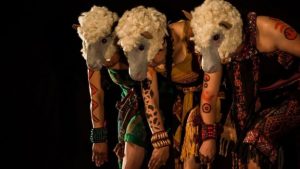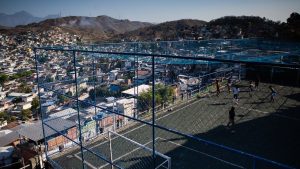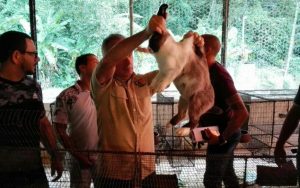Tijuana turns wastewater into wine, as Latin America dips toe in reuse
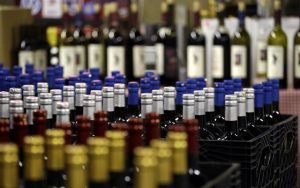
Within this article by Thomas Reuters, he tells us that the city of Tijuana is starting to break the barrier on their water crisis by simply reusing it. This is all starting to happen through a winery that is reusing water from the water treatment plant to irrigate their grapes used to make the wine. By using the treated water rather than the natural water that they would normally get from another irrigation system, it helps out other winery’s that struggle with the lack of water due to their location like the one in the Baja de California Peninsula that competes for water supplies from other local towns. Reusing water is a very underused system in the world and in Latin America only 30% of the wastewater is treated, but with their newfound knowledge of what they can do with the reused water, they will surely implement more water treatment plants to help create more reusable water for the people.
The Latin American people are portrayed like a progressive people in a way that they are in search of a cleaner and easier way to get water to their crops to further businesses but they are also mindful of the economic problems that the reuse of water can cause for the people.
Relating to our class theme of the identity of Latin America, these people seem to be thinking about the future and what they can do to make life easier for them like bringing another “source” of water to their problem of lack of usable water as their solution. This shows them in progressive mindset as said before but also they are mindful in what their actions can cause as far as economic problems and who should get the water (city or farmers) for a higher price or maybe even the same price.



